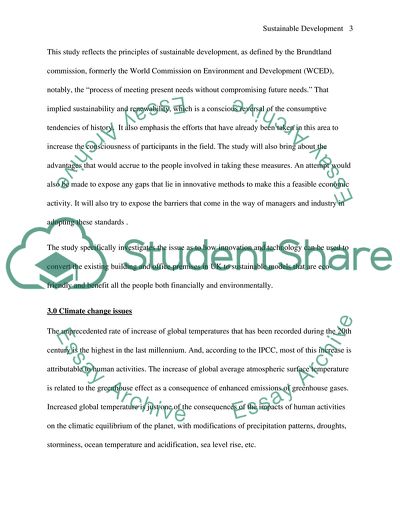Cite this document
(The Importance and Necessity of Adaptation of Sustainable Technology Term Paper, n.d.)
The Importance and Necessity of Adaptation of Sustainable Technology Term Paper. Retrieved from https://studentshare.org/environmental-studies/1724648-innovation-process-in-adopting-sustainable-technology-into-existing-office-buildings-in-the-uk
The Importance and Necessity of Adaptation of Sustainable Technology Term Paper. Retrieved from https://studentshare.org/environmental-studies/1724648-innovation-process-in-adopting-sustainable-technology-into-existing-office-buildings-in-the-uk
(The Importance and Necessity of Adaptation of Sustainable Technology Term Paper)
The Importance and Necessity of Adaptation of Sustainable Technology Term Paper. https://studentshare.org/environmental-studies/1724648-innovation-process-in-adopting-sustainable-technology-into-existing-office-buildings-in-the-uk.
The Importance and Necessity of Adaptation of Sustainable Technology Term Paper. https://studentshare.org/environmental-studies/1724648-innovation-process-in-adopting-sustainable-technology-into-existing-office-buildings-in-the-uk.
“The Importance and Necessity of Adaptation of Sustainable Technology Term Paper”. https://studentshare.org/environmental-studies/1724648-innovation-process-in-adopting-sustainable-technology-into-existing-office-buildings-in-the-uk.


